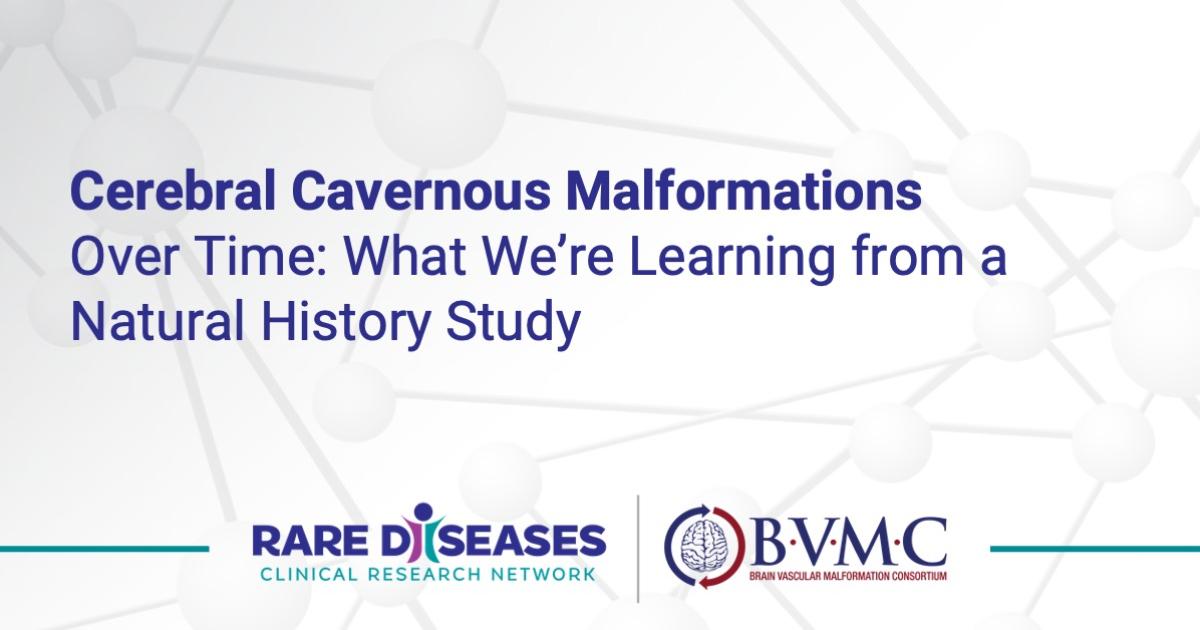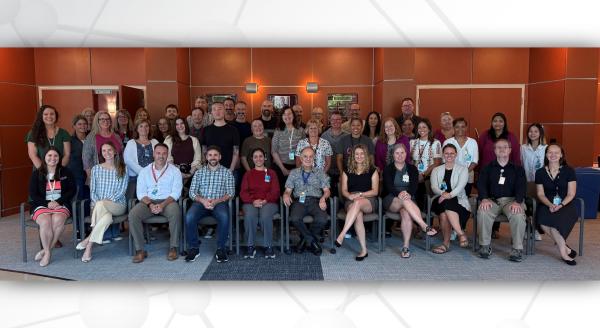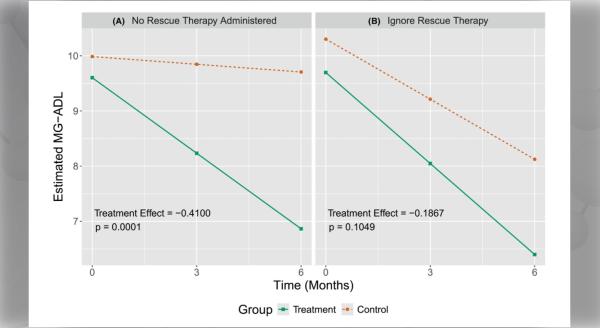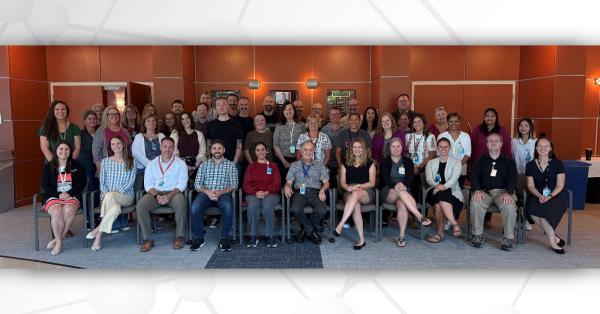Cerebral cavernous malformations (CCMs) are abnormally enlarged spaces in the brain where blood collects near irregularly shaped, enlarged capillaries (tiny blood vessels) which have abnormally thin walls prone to leaking. Symptoms include headaches, seizures, paralysis, hearing or vision loss, and cerebral hemorrhaging (brain bleeds).
To learn more about the natural history, morbidity, and mortality of people living with familial CCM, the Brain Vascular Malformation Consortium (BVMC) is conducting a natural history study, “Modifiers of Disease Severity and Progression in Cerebral Cavernous Malformation.” The team is collecting clinical, genetic, imaging, and environmental information from people with familial CCM to look for risk factors affecting disease severity and progression.
Here, lead investigator Helen Kim, MPH, PhD, and familial CCM1 patient Julia DeMichiel share more about the study and what it’s like to participate.
What makes this study unique?
Dr. Kim: To our knowledge, this is the largest and longest-running natural history study of familial CCM. What started out with one center in a specific population of CCM type 1 who all share a founder genetic mutation has now expanded to studying all familial CCM types (CCM1, CCM2, and CCM3) with different genetic mutations, including seven recruiting centers. As such, we have been following patients for symptoms, treatments, and outcomes for almost 15 years.
Why did you decide to join this study?
DeMichiel: I have the familial CCM1. My mother, one of my daughters, and my granddaughter were diagnosed as well. My mother had headaches, loss of balance, and difficulty swallowing. My daughter deals with focal seizures and my granddaughter had brain surgery when she was four years old. We all have multiple lesions throughout the brain. My first bleed was when I was 11 and I’ve had several since. My right side has become weak from these bleeds, I have terrible balance, loss of hearing in my left ear, and have recently developed double vision and difficulty swallowing.
When my granddaughter was diagnosed with cavernous malformations, I decided that I needed to become involved. I did not want her to go through life worrying about what could happen to her next. I didn’t want to sit by and wait, hoping a cure could be found. I had to do all I could to make sure it happens. This natural history study is a perfect way to become a part of the cure. When I was first told about the study, there was no hesitation—I was all in.
What are we learning about CCMs from this study?
Dr. Kim: We have made a number of important findings thus far:
- We have a greater appreciation for the extent of disease involvement in familial CCM cases. In addition to brain lesions, we have found a greater prevalence of asymptomatic spinal cord lesions, T2 white matter hyperintensities, possible adrenal gland involvement, and skin lesions.
- We have identified a number of important genetic modifiers in inflammatory, cytochrome P450, and matrix metalloproteinase genes that correlate with disease severity, including brain lesion burden and history of hemorrhage.
- Our data supported a novel and unexpected link between an unhealthy gut microbiome and greater brain lesion burden.
- We reported a relatively low hemorrhage rate of 2.8 per 100 person-years during prospective follow-up in familial CCM patients, which was higher in those with prior history of hemorrhage compared to those without. This rate has implications for clinical trial planning.
- Higher brain lesion burden at study enrollment was a significant predictor of hemorrhage during follow-up, which may be useful for counseling patients and warrant closer follow-up in familial cases.
- Seizures are common in familial CCM. The cumulative rate of seizures during follow-up was 21% by 18 years and 60% by 80 years. Cases with seizure prior to enrollment had significantly increased hospitalization rates during follow-up, warranting greater attention for seizure management.
How will this study contribute to clinical trial readiness?
Dr. Kim: As part of this study, we have developed a network of seven recruiting centers, all recognized as Centers of Excellence by our patient advocacy group, the Alliance to Cure Cavernous Malformation. All centers have demonstrated ability to recruit cavernous malformation patients into clinical research studies using a common clinical study protocol with standardized blood collection and processing under a single IRB, preparing us for clinical trial recruitment.
Further, hemorrhage rate and other outcome data from our natural history study will inform feasibility and number of patients needed for clinical trials using these outcome events.
What are the challenges of this study?
Dr. Kim: Successes described above far outweigh the challenges of this longitudinal study. In the current cycle, the COVID-19 pandemic was a major barrier to patient recruitment and retention, delaying completion of some of our aims that require patients to come onsite for blood collection. However, this also granted us the opportunity to be creative and pivot to remote procedures.
The success of this study would not have been possible without continued and sustained support from the National Center for Advancing Translational Sciences (NCATS) and the National Institute of Neurological Disorders and Stroke (NINDS).
How will this study impact patients, now or in the future?
Dr. Kim: Data generated from this study continues to support clinical guidelines published by the Alliance to Cure Cavernous Malformation in 2017 (in process to be updated in 2024). BVMC investigators have collaborated on other CCM projects, served as consultants for pharmaceutical companies with drugs in the pipeline for CCM, and worked together on proposing international clinical trials for CCM. Altogether, these efforts will eventually impact patients as we work towards drug approval for CCM, for which there is currently none.
How has this study impacted you and your family?
DeMichiel: The research being done is so valuable. Research is the primary catalyst to finding a cure. The history being gathered helps researchers, scientists, and doctors understand this disease. With knowledge comes power—the power to live a life free from cavernous malformations.
“Modifiers of Disease Severity and Progression in Cerebral Cavernous Malformation” is ongoing and recruiting. Learn more about the study and how to participate.
The Brain Vascular Malformation Consortium (BVMC) is part of the Rare Diseases Clinical Research Network (RDCRN), which is funded by the National Institutes of Health (NIH) and led by the National Center for Advancing Translational Sciences (NCATS) through its Division of Rare Diseases Research Innovation (DRDRI). BVMC is funded under grant number U54NS065705 as a collaboration between NCATS and the National Institute of Neurological Disorders and Stroke (NINDS).






